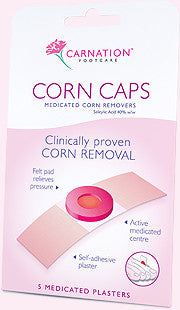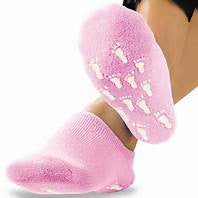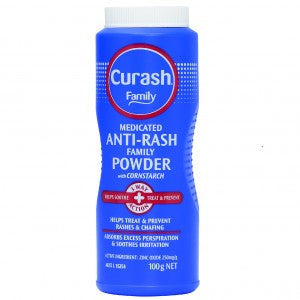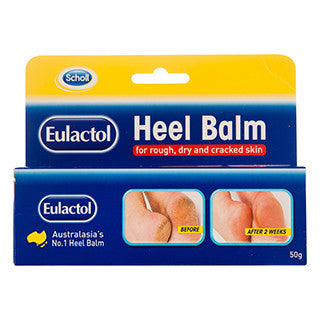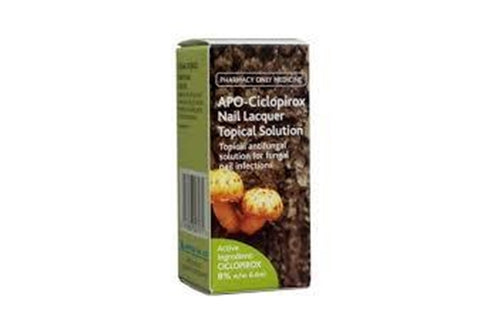
APO Ciclopirox 8% Nail Lacquer 7ml
For Fungal Nail Infections
How to use
Adults 1. Before starting treatment, remove any loose nail or nail pieces using nail clippers or nail files. If you have diabetes or problems with numbness in your toes or fingers, talk to your doctor before trimming your nails or removing any nail pieces. 2. Apply APO-CICLOPIROX every other day for the first month (bedtime is best) to all affected nails with the applicator brush provided. Application may be reduced to not less than twice weekly in the second month of treatment and to once weekly from the third month of treatment. Apply APO-CICLOPIROX evenly over the entire nail and the skin right around the nail. Where possible, APO-CICLOPIROX should also be put on the bottom side of the nail and the skin beneath it. This ensures that the nail is saturated with the active ingredient. Let APO-CICLOPIROX dry (about 30 seconds) before putting on socks or stockings. After putting on APO-CICLOPIROX, wait 8 hours before taking a bath or shower. 3. Apply APO-CICLOPIROX over the previous coat. 4. Once a week (every 7 days), remove APO-CICLOPIROX with a commercial nail polish remover. Remove as much as possible of the damaged nail using scissors, nail clippers, or nail file. 5. Repeat process (steps 2 through 4). Up to 48 weeks of using APO-CICLOPIROX every other day and having your doctor remove the loose, infected nail as often as monthly is usually how long it takes to get a clear or almost clear nail (which means that 10% or less of your nail is still affected). You may need as long as six months of treatment before you first notice your nail(s) getting better.
Not suitable for children under 12 years of age.
Warnings and Precautions
Patients should use the medication for the full treatment time as advise by the physician. APO-CICLOPIROX must not be applied to the eye. APO-CICLOPIROX is a known eye irritant. Care should be taken to ensure the patient does not inadvertently transfer APO-CICLOPIROX to the eyes by touching them after applying the lacquer to their fingernails. APO-CICLOPIROX must not be taken orally and is not for vaginal use. Patients should inform the physician if the area of application shows signs of increased irritation If a reaction suggesting sensitivity or chemical irritation should occur with the use of APOCICLOPIROX, treatment should be discontinued and appropriate therapy instituted. So far there is no relevant clinical experience with patients who have a history of immunosuppression (e.g. extensive, persistent or unusual distribution of dermatomycoses, extensive seborrheic dermatitis, recent or recurring herpes zoster or persistent herpes simplex), who are immunocompromised (e.g. HIV-infected patients, transplant patients), or have a diabetic neuropathy. These patients should be carefully evaluated as to the suitability of APOCICLOPIROX for use in treatment of fungal infection. There is no clinical experience with the efficacy of APO-CICLOPIROX when used with cosmetic nail varnishes.
Use in children
Safety and effectiveness in children below the age of 18 years have not been established, therefore, APO-CICLOPIROX is not indicated for use in children.
Use in elderly patients
In clinical studies, no overall differences in safety were observed between elderly patients and younger patients, but greater sensitivity of some older individuals cannot be ruled out. Avoid the use of occlusive dressings.
Use in Pregnancy
Category B3 "Drugs which have been taken by only a limited number of pregnant women and women of childbearing age, without an increase in the frequency of malformation or other direct or indirect harmful effects on the human foetus having been observed. Studies in animals have shown evidence of increased occurrence of foetal damage, the significance of which is considered uncertain in humans". Reproduction studies revealed no significant evidence of impaired fertility in rats orally exposed to ciclopirox in dosages of up to 5mg/kg body weight (approximately 5 times the maximum recommended topical human dose based on surface area). No fetotoxicity due to ciclopirox was observed in the mouse, rat, rabbit and monkey at oral dosages of up to 100, 30, 30 and 50mg/kg body weight, respectively (approximately 37.5, 30, 44 and 77 times, respectively, the maximum recommended topical human dose based on surface area). By the dermal route of administration, no fetotoxicity due to ciclopirox was observed in the rat and rabbit at dosages of up to 120 and 100mg/kg body weight, respectively (approximately 121 and 147 times, respectively, the maximum recommended topical human dose based on surface area). There are no adequate or well controlled studies of topically applied ciclopirox in pregnant women. APO-CICLOPIROX should be used during pregnancy only if the potential benefit justifies the potential risk to the foetus. APO-CICLOPIROX Ciclopirox USP, 8% w/w Nail Lacquer (Topical Solution) Please refer to Medsafe website (www.medsafe.govt.nz) for the most recent datasheet
Use in Lactation
It is not known whether this drug is excreted in human milk. Since many drugs are excreted in human milk, caution should be exercised when APO-CICLOPIROX is administered to a nursing woman.
Effects on ability to drive and use machines
Presumed to be safe or unlikely to produce and effect on the ability to drive or use machinery.
Other
Carcinogenesis, mutagenesis, impairment of fertility
A carcinogenicity study of ciclopirox (1% and 5% solutions in polyethylene glycol 400) in female mice dosed cutaneously twice per week for 50 weeks followed by a 6 month drug free observation period prior to necropsy revealed no evidence of tumours at the application site. The following in vitro genotoxicity tests have been conducted with ciclopirox: evaluation of gene mutation in the Ames Salmonella and E. coli assays (negative); chromosome aberration assays in V79 Chinese hamster cells, with and without metabolic activation (positive); gene mutation assays in the HGPRT-test with V79 Chinese hamster cells (negative); and a primary DNA damage assays (i.e. unscheduled DNA synthesis assay in A549 human cells) (negative). In an in vivo Chinese hamster bone marrow cytogenetic assay, ciclopirox was negative for chromosome aberrations at 5000mg/kg.
Adverse Effects
APO-CICLOPIROX is generally well tolerated. Where APO-CICLOPIROX has come into contact with skin adjacent to the nail, a light reddening or scaling of the skin has been observed in some cases. In isolated cases with APO-CICLOPIROX, transient local reactions e.g. pruritus or a burning sensation may occur, as may - rarely - allergic contact dermatitis. A 21 day Cumulative Irritancy Study conducted in conditions of semiocclusion, a method which applies an appreciably greater stress than normal application of lacquer to the nails and adjacent skin. Mild reactions were seen in the occluded skin in 46% of patients with lacquer, 32% with the base and 2% with the negative control, but all were slight reactions of mild transient erythema. There was no evidence of allergic contact sensitisation for either the lacquer or the vehicle base. In vehicle controlled clinical trials, 9% (30/327) of patients treated with ciclopirox nail lacquer and 7% (23/328) of patients treated with vehicle reported treatment emergent adverse events (TEAE) considered by the investigator to be causally related to the test materials. Four patients (4/327) withdrew due to TEAEs. These were severe tenderness, burning and bleeding of nail beds after treatment with lacquer vehicle; increasing pain beneath nails, irritation of nail beds, increasing periungual erythema and induration after treatment with the lacquer vehicle; increasing paraesthesia in little finger after treatment with lacquer vehicle, and severe rash on the palm of the hand after treatment with ciclopirox lacquer. The most common were rash related adverse events: periungual erythema and erythema of the proximal nail fold were reported more frequently in patients treated with ciclopirox nail lacquer (5% [16/327]). Other causally related TEAEs included nail disorders such as shape change, irritation, ingrown toenail and discolouration. The incidence of nail disorders was similar between the treatment groups (2% [6/327]) in the ciclopirox nail lacquer group and 2% [7/328)] in the vehicle group). Moreover, application site reactions and/or burning of the skin occurred in 1% of patients treated ciclopirox nail lacquer (3/327) and vehicle (4/328). In the vehicle controlled APO-CICLOPIROX Ciclopirox USP, 8% w/w Nail Lacquer (Topical Solution) Please refer to Medsafe website (www.medsafe.govt.nz) for the most recent datasheet Page 4 of 8 studies, one patient treated with ciclopirox nail lacquer discontinued treatment due to a rash that was not causally related to the test material. The long term safety of ciclopirox nail lacquer has been evaluated in an open label extension study conducted in patients previously treated in the vehicle controlled studies. Three percent (9/281) of subjects treated with ciclopirox nail lacquer experienced at least one TEAE that was causally related to the test material. Mild rash in the form of periungual erythema (1% [2/281]) and nail disorders (1% [4/281]) were the most frequently reported. Post-marketing Experience Contact dermatitis had been reported during routine post marketing surveillance of ciclopirox.
We Also Recommend


